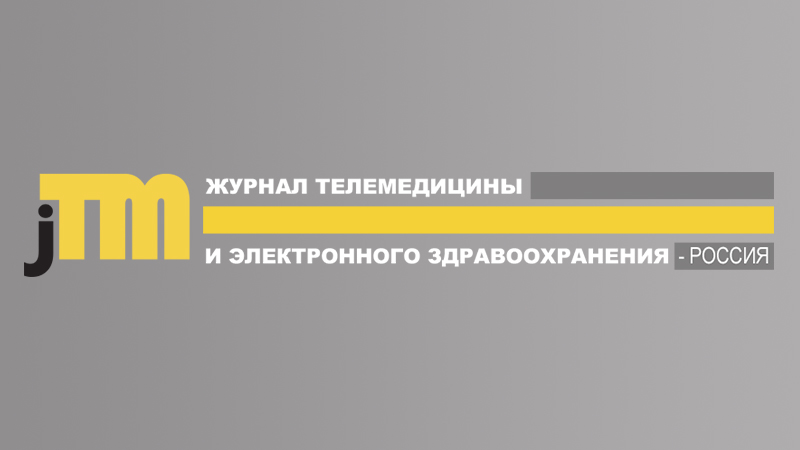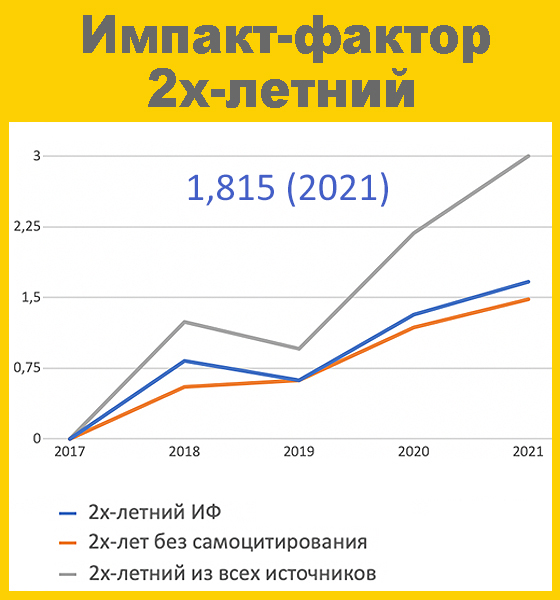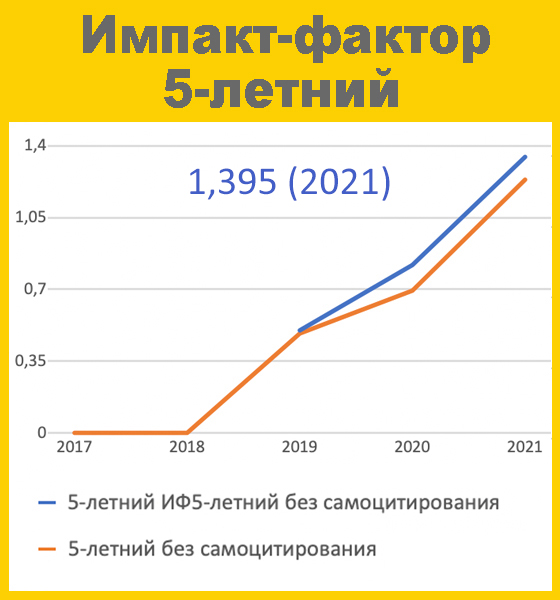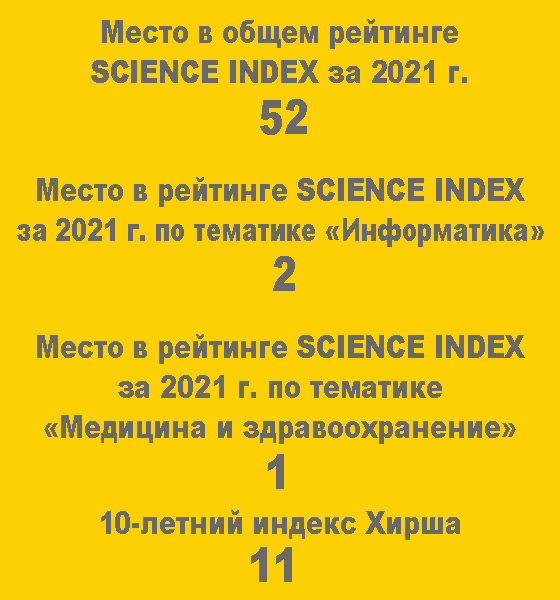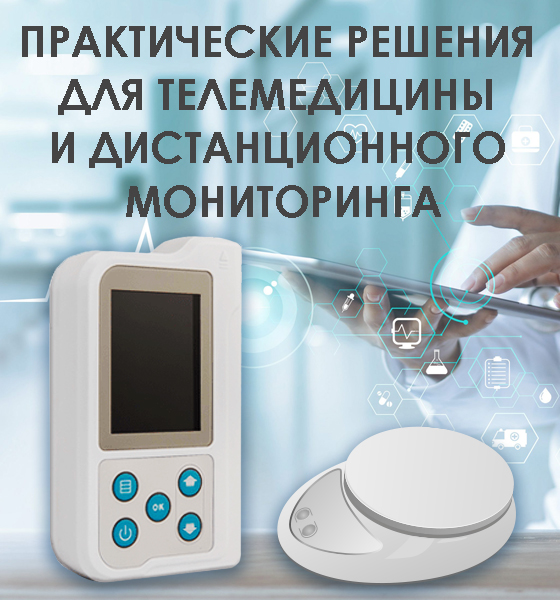Regional caesarean section register «C-Register» – experience of digitalization of operative obstetrics on the example of the Sverdlovsk region DOI: 10.29188/2542-2413-2020-6-4-28-33
- Ankudinov N.O. – Obstetrician-gynecologist, head of the reception department of the regional perinatal center of the State Autonomous Health- care Institution of Sverdlovsk region «Regional children's clinical hospital», head of the obstetric remote consultation center of Sverdlovsk region; Yekaterinburg, Russia; https://orcid.org/0000-0002-9935-4372
- Zilber N.A. – Head of the Department of organization of medical care for mothers and children of the Ministry of health of the Sverdlovsk region; Yekaterinburg, Russia; n. https://orcid.org/0000-0002-3667-6227
 1804
1804 Introduction. Caesarean section is one of the most common surgical procedures in the world and its frequency continues to increase, especially in developing and developed countries. While caesarean section can save lives, it is often performed without medical indications, putting women and their children at risk of high morbidity in the short or long term.
Aim. To create a single digital regional database of all caesarean section procedures. To automatize the analysis of medical organizations in online format. To conduct a continuous online monitoring of surgical interventions in obstetrics.
Materials and methods. It was decided to develop and introduce the regional register of cesarean sections «CesRegister» in the Sverdlovsk region as a structural and functional module of the automated information system «Regional Obstetric Monitoring» (AIST «RAM»). The goal of the system is to improve the quality of medical care for pregnant women and improve the systems for supporting medical decision-making in the operational obstetrics as well as to automatize the analytics of obstetric care institutions activities, including the Robson classification.
Results. AIST «RAM» allowed to collect the data on caesarian sections performed from the electronic medical records. This information, collected before the introduction of the register, provided the possibility of automated analytics and implementation of the systems for supporting medical decision-making in the operational obstetrics.
Conclusions. «CesRegister» can help to reduce the percentage of repeated cesarean sections by providing information about previous births online and enabling doctors to quickly make the right and safe decision on the management of pregnancy and childbirth.
| Attachment | Size |
|---|---|
| Download | 909.38 KB |


































